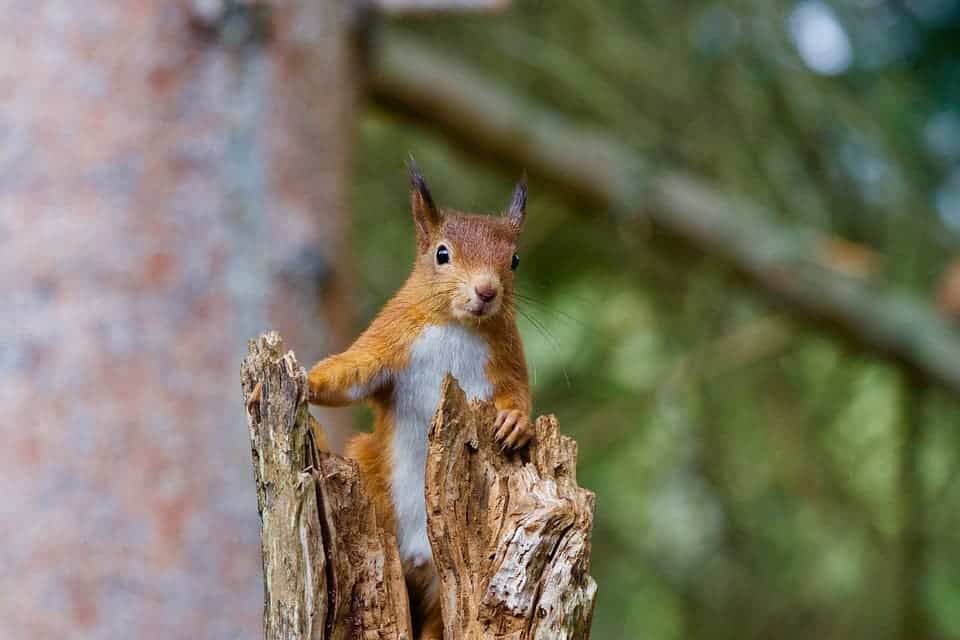Observations from a squirrel reintroduction program show that not only are the critters adapting to their new environment, but they’re expanding to other areas as well.
It’s been a rough century for the British red squirrels. In 1876, a Victorian banker by the name of Thomas Brocklehurst returned to Cheshire, England, with a pair of grey squirrels he brought from a trip to America. Other rich landowners, viewing the non-native species as a fashionable garden novelty, soon followed suit. Without any natural predators, the grey squirrels spread like wildfire. Now, more than five million grey squirrels inhabit the UK, and the native red squirrels can barely be seen in most parts of the country. The larger and fitter grey squirrels have forced them to retreat more and more. The greys are also immune to and spread squirrel pox virus, which is lethal to reds. Add in deforestation and increased urbanization, and you have the perfect recipe for a dramatic decline.
But the Brits aren’t just going to watch one of their iconic species fade away. Currently, some 1.238.000 red squirrels still exist, and conservationists have already started several programs to protect and expand this species. Such a project was carried out by an NGO called Trees for Life. They are reintroducing red squirrels to their old forest homes in northwest Scotland.
The project started in Spring 2016, carrying on to Spring 2017, and observations suggest that not only are the squirrels surviving and adapting, but they are naturally spreading. So far, 55 squirrels have been released at the sites, and they’ve moved along quite a bit.
“Early indications are that this could be a real wildlife success story. The new squirrel populations are not only flourishing and breeding in their new homes, they are also starting to spread out into new areas – with squirrels being sighted as far as 15 kilometres away,” said Becky Priestley, Trees for Life’s Wildlife Officer.
To make this an even lovelier story, it was community involvement that made all this possible. The project greatly relied on local people reporting sightings, monitoring the squirrels, and carrying out supplementary feeding.
The red squirrels are not threatened with extinction — they are common in many parts of Europe, but it’s still important to protect them in their natural habitat.
The moral of the story is straightforward: species can be protected if action is taken early. The earlier, the better. It also does a great difference to have the local community involved. This recipe could be copied and applied to other parts of the world, for other, endangered species.










